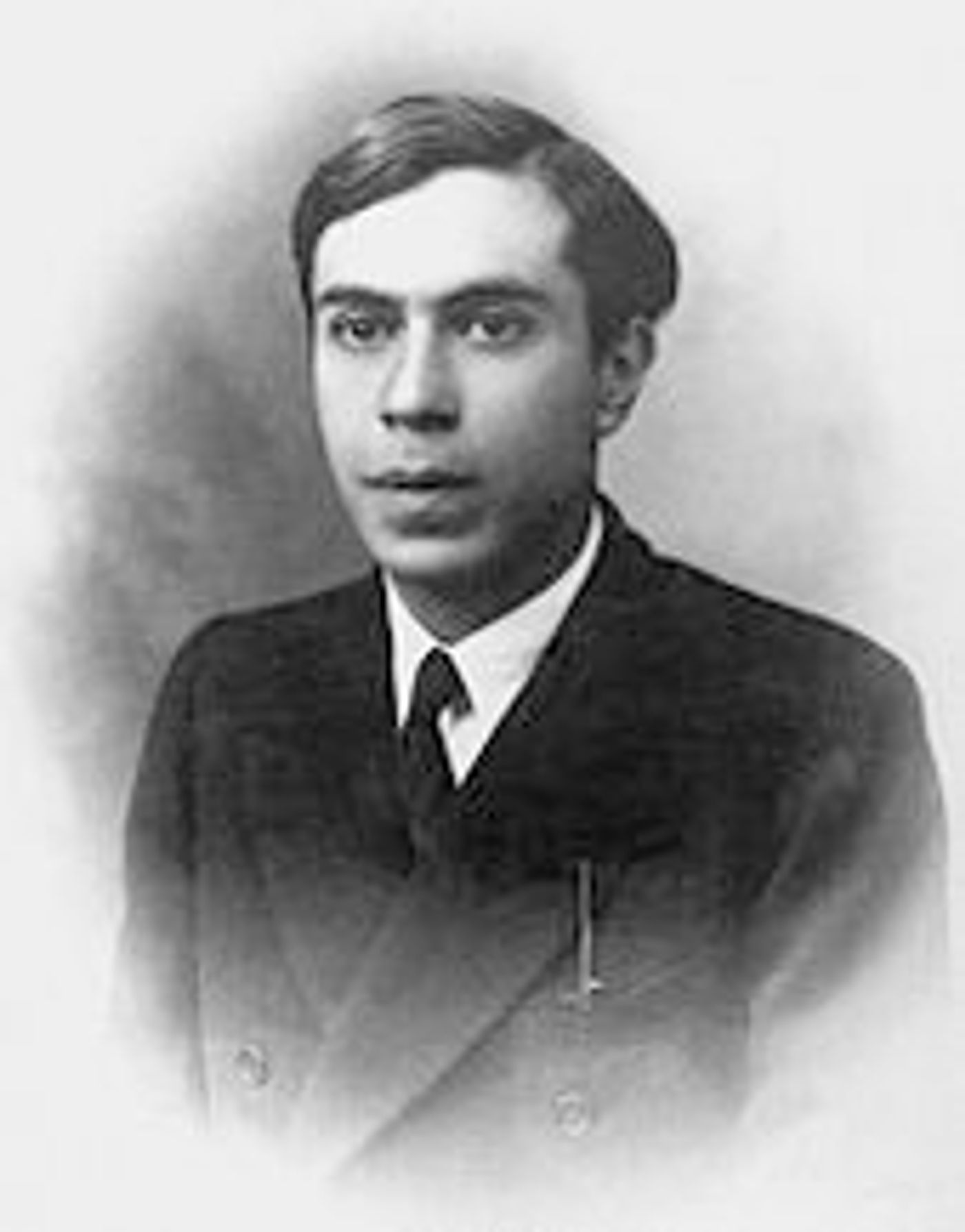The Confirmed Discovery of Majorana Fermion
In a recent publication in the prestigious journal Science, a joint research team comprised of physicists from Stanford, UC Irvine and UCLA announced that they had confirmed the existence of Majorana fermion.
It is impossible to understand their claim and the implication of their discovery without digging through some of the most intriguing chapters in the history of physics. In the standard model, each fermion (such as proton, neutron, electron, neutrino, and quark) particle has its antiparticle. The two are mirrored images, share the same mass, but have opposite electric charge. This idea was first put forward by physicist Paul Dirac, as a deduction from his name sake equation that describes the wave function of electrons. In 1932 the observation of positron, the antiparticle of electron, verified the matter-antimatter theory. Like many good dramas in life, physicist Ettore Majorana added a new twist to the idea. In 1937, he predicted that among the fermions there should be a class of particles that are their own antiparticles, and they are thus named Majorana fermions.
Ettore Majorana. Credit: Wikipedia
Related: the Standard Model of Physics
The original prediction applied only to fermions that have no charge such as neutrino. Scientists have long suspected neutrino is a Majorana fermion. Currently, there are four experiments underway to find out if the neutrino is indeed its own antiparticle. The EXO-200 at the Enriched Xenon Observatory in New Mexico is one of them. Because these experiments are extraordinarily difficult, no definitive conclusion will be reached anytime soon.
Though some continue to seek out the elementary Majorana particle, others propose that the observation of Majorana particle-like behavior in quasiparticles is the next closest thing. (In the field of condensed matter physics, a quasiparticle is a quantum of energy in a system of many bodies that behave like one single particle.) In another word, instead of looking for one particle, why not create a quasiparticle that bears the signature of Majorana fermions?
Majorana quasiparticles observed in superconducting topological insulator. Majorana fermions (red, and purple) travel through a topological insulator. Electrons (green) travel on the edges of the topological insulator. Credit: Beijing Sondii Technology Co Ltd
This is the angle the team of US scientists approaches the problem. To observe Majorana Fermion-like quasiparticles, they first created a superconducting topological insulator by coupling a thin film insulator with a layer of superconductor. On this device, electrons can travel along two edges of the insulator without resistance. Then the researchers swept a magnet over the insulator, which slowed down, stopped and switched the direction of the flow of electrons abruptly. During cycles of this modulated movement, Majorana quasiparticles emerged in pairs and traveling through the insulator. While one member of each pair got deflected out of the path, the other continued forward. Like the electrons, they slowed down, stopped and changed direction under the influence of the magnet. But unlike the electrons, their movement bore the signature of Majorana fermion - the half-integer quantized conductance plateaus.
The team of scientists called their quasiparticles as “Angel Particle,” quoting the matter-antimatter explosive appearing in the Dan Brown’s thriller Angels and Demons. Since Majorana fermions are their own antiparticles, therefore they are only angels - no demons.
Dr. Shoucheng Zhang, a theoretical physicist and one of the senior authors, expressed his excitement over the findings: “Our team predicted exactly where to find the Majorana fermion and what to look for as its ‘smoking gun’ experimental signature. This discovery concludes one of the most intensive searches in fundamental physics, which spanned exactly 80 years.”
Source: Stanford University/Science










